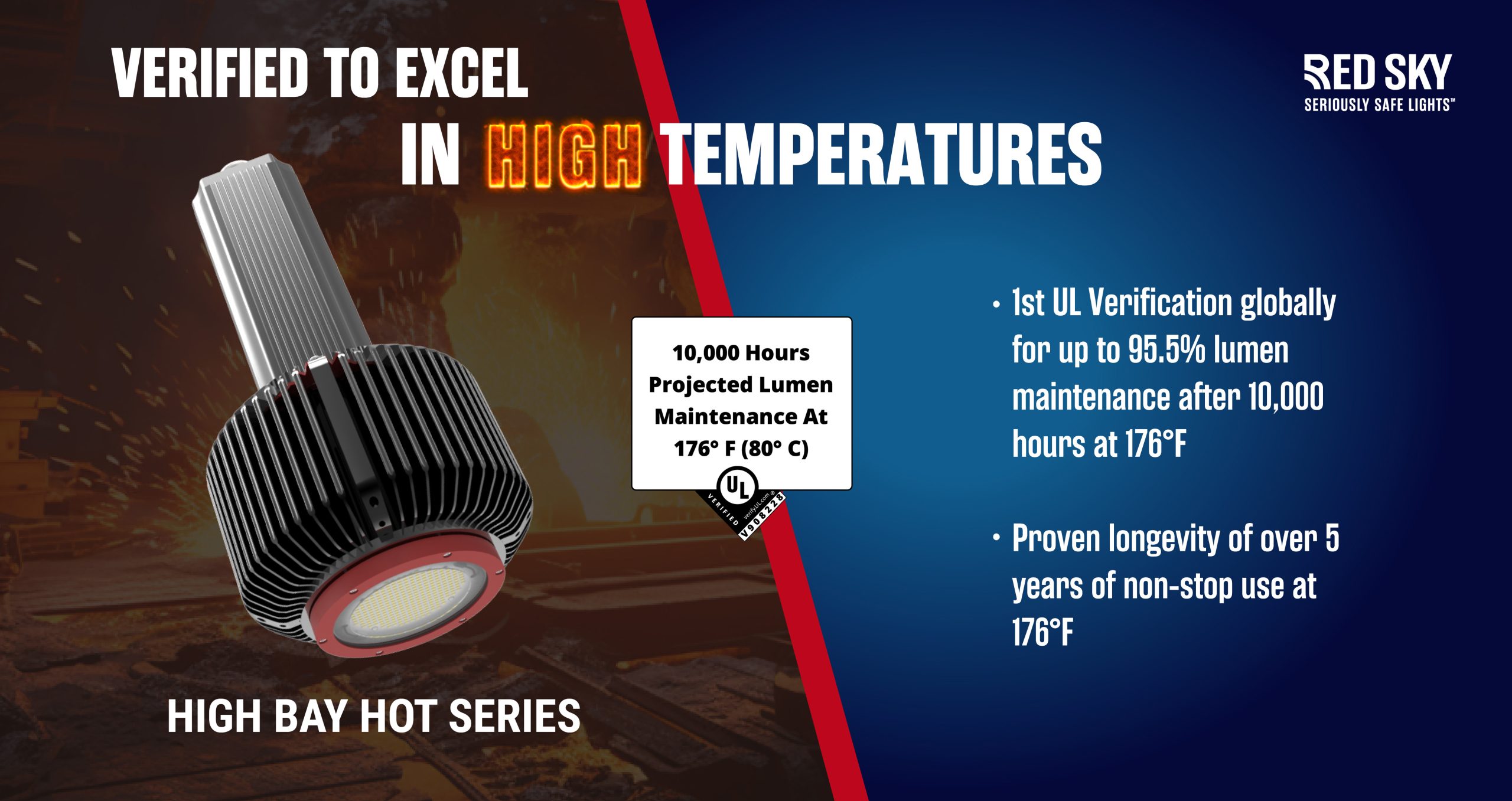With the development of industrial manufacturing, there are potential explosion hazards in many production processes. In order to ensure the safety of workers and equipment and prevent explosion accidents, IEC standards play an important role in this regard. This article will focus on the application of IEC standards in several aspects of explosion protection.
1. Overview of IEC Explosion Proof Standards
IEC is the abbreviation for the International Electrotechnical Commission, an important international standardization organization in the field of electrical and electronics. IEC has formulated a number of standards on explosion proofing and fire prevention, mainly including:
- IEC 60079 series, which specifies the technical requirements for various explosion-proof electrical equipment, such as IEC 60079-0 general requirements and IEC 60079-1 flameproof enclosure.
- IEC 61241 series, which specifies the technical requirements for explosion-proof electrical equipment in dusty environments.
- IEC 60092 series, standards for shipboard and mobile explosion-proof electrical equipment.
These standards establish norms for various aspects of explosion-proof products, including design, testing, installation and maintenance, which helps reduce explosion accidents.
2. Area Classification
In order to correctly select explosion-proof products, hazardous areas must first be classified. IEC 60079-10-1 classifies hazardous areas into:
Zone 0: Areas where explosive gas atmospheres are present continuously or frequently.
Zone 1: Areas where explosive gas atmospheres are likely to occur.
Zone 2: Areas where explosive gas atmospheres are not likely to occur, and if they do, will only exist for a short time.
Zone 20: Areas in which a combustible dust, as a cloud, is present continuously or frequently during normal operations in sufficient quantities to produce an explosive mixture.
Zone 21: Areas in which a combustible dust, as a cloud, is likely to occur during normal operations in sufficient quantities to produce an explosive mixture.
Zone 22: Areas in which combustible dust, as a cloud, is not likely to occur, but may occur infrequently and persist for only short periods of time.
Different zones correspond to different protection requirements. Area classification needs to consider factors such as source of release, rate of release, ventilation conditions, and is a complex task. Many companies formulate their own classification specifications.
3. Protection Concepts
According to the results of area classification, appropriate protection concepts need to be selected. IEC 60079-0 lists various protection concepts:
- Spark-proof protection: limits sparking, e.g. Ex ia apparatus with intrinsically safe circuit.
- Sealed protection: seals equipment to prevent ignition sources from contacting hazardous gases.
- Immersion protection: immerses equipment in protective liquid.
- Pressurization protection: uses air flow to prevent gases from entering enclosures.
- Temperature limitation: limits equipment surface temperature.
Different protection concepts have their own advantages and need to be selected based on actual conditions.
4. Certification Requirements
Explosion-proof products need to be tested and certified by certification bodies before entering the market. The IECEx Scheme provides a unified certification program for explosion-proof products, greatly simplifying international trade processes. Obtaining IECEx certificates allows sales in member countries.
In summary, IEC standards for explosion protection provide normative guidance for safety in hazardous areas. Enterprises should thoroughly understand IEC standards and comprehensively apply them in product design and project implementation in order to reduce explosion accidents. At the same time, selecting qualified explosion-proof products and maintaining them effectively are also aspects that must be paid attention to in explosion-proof work.

